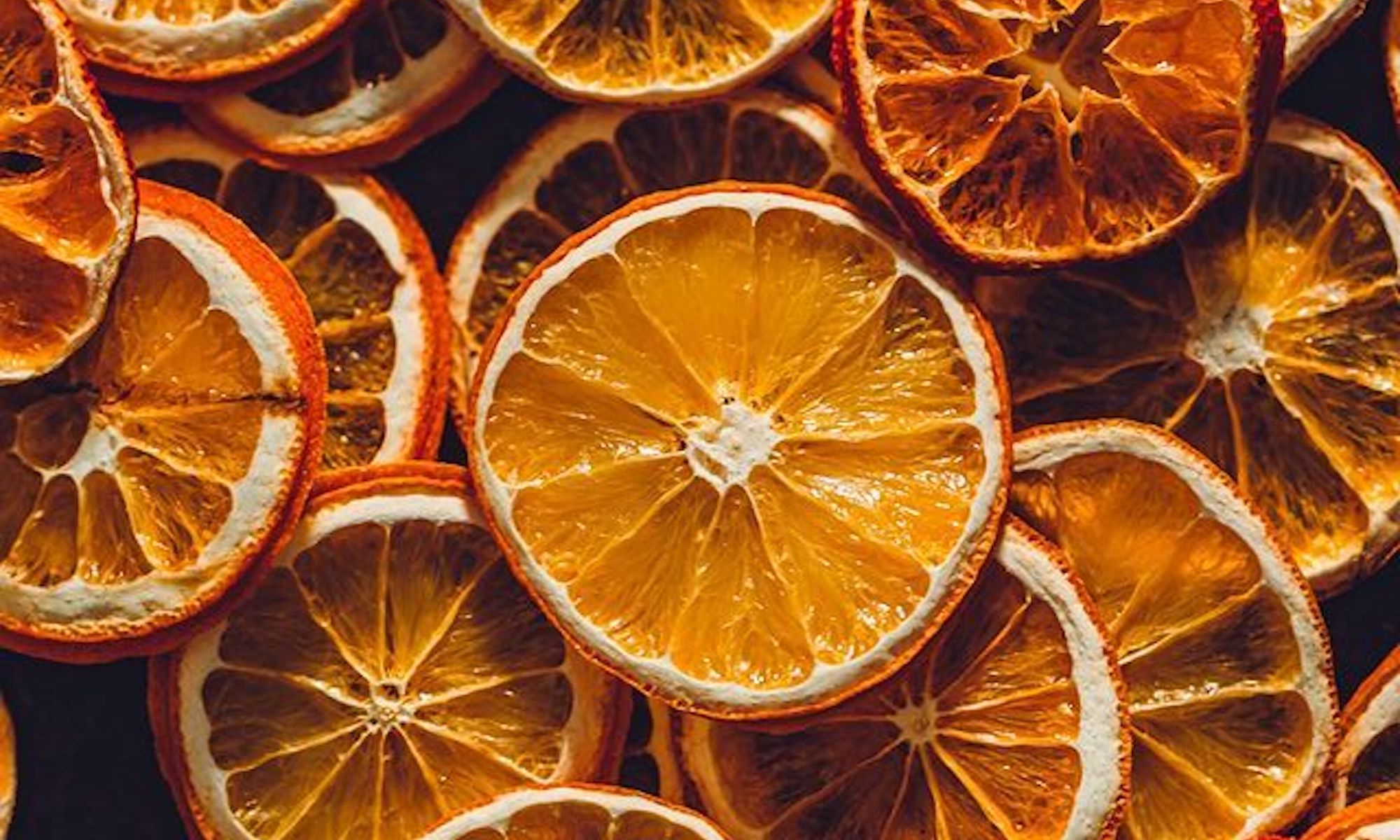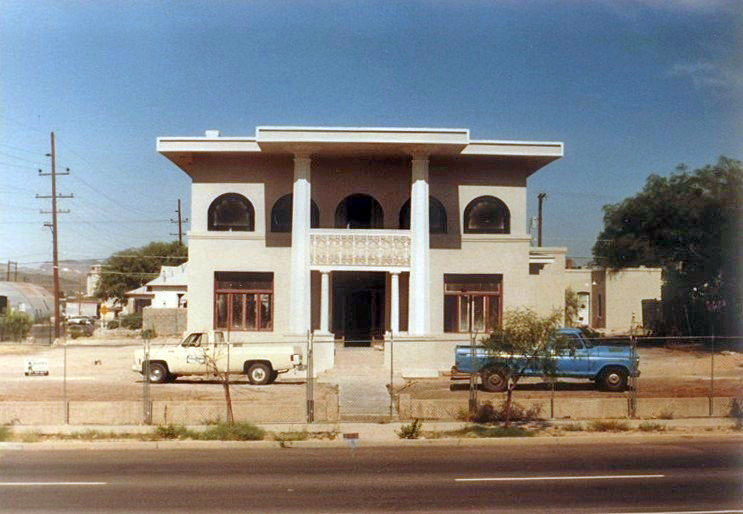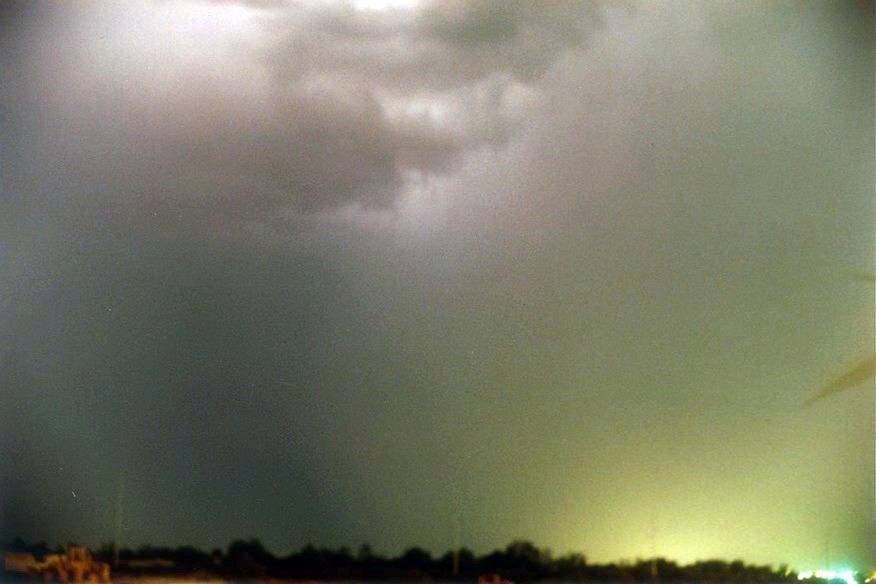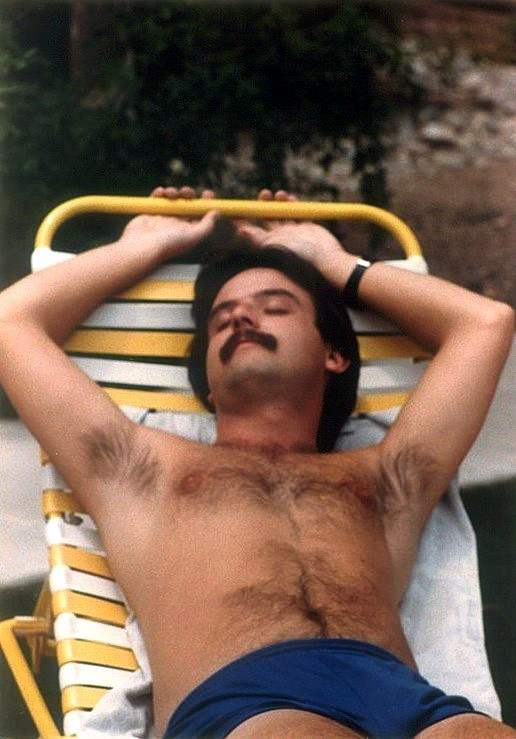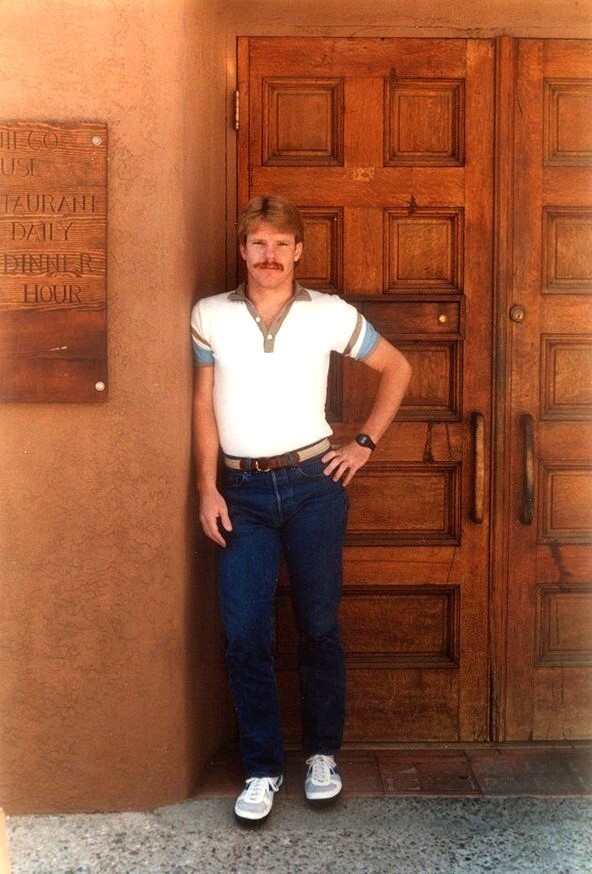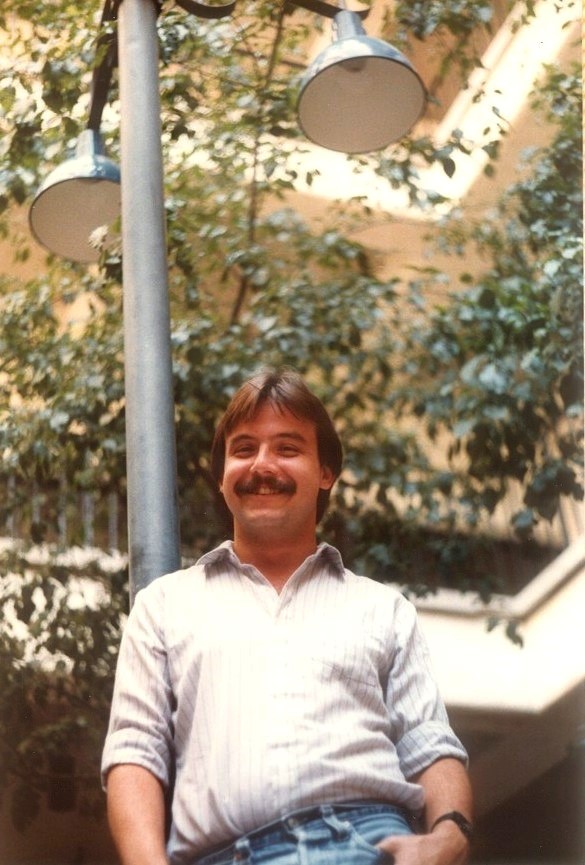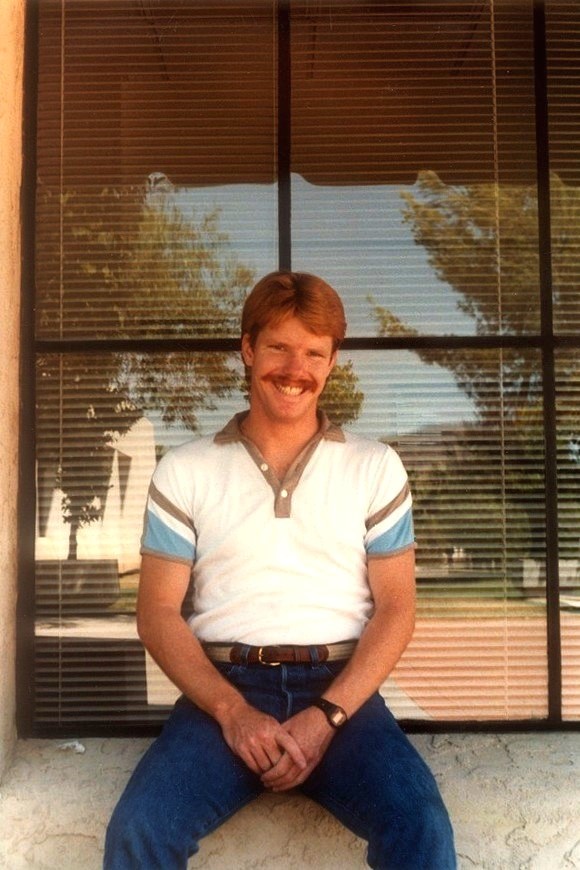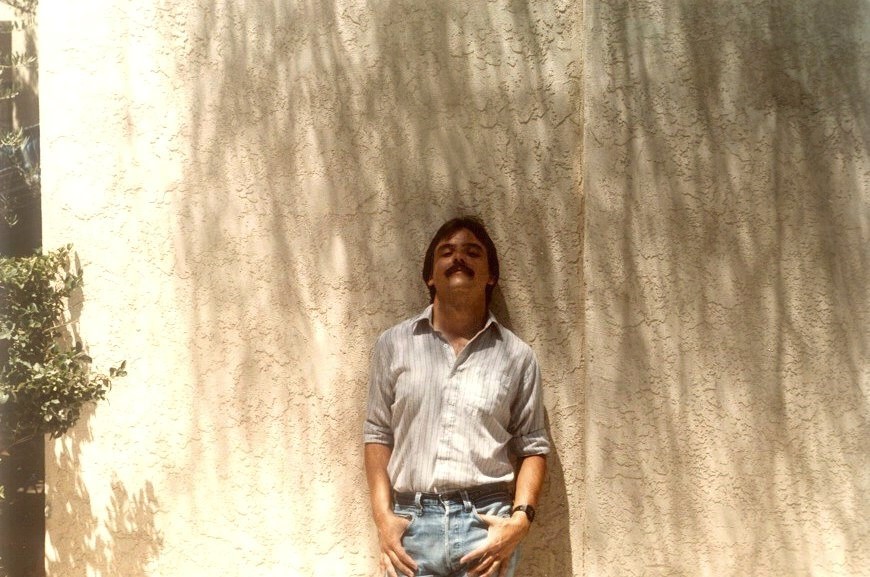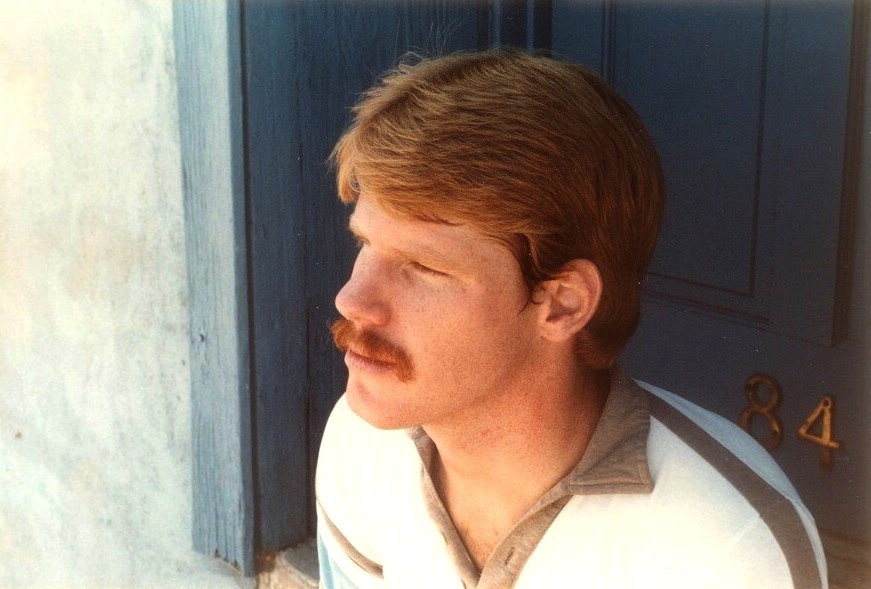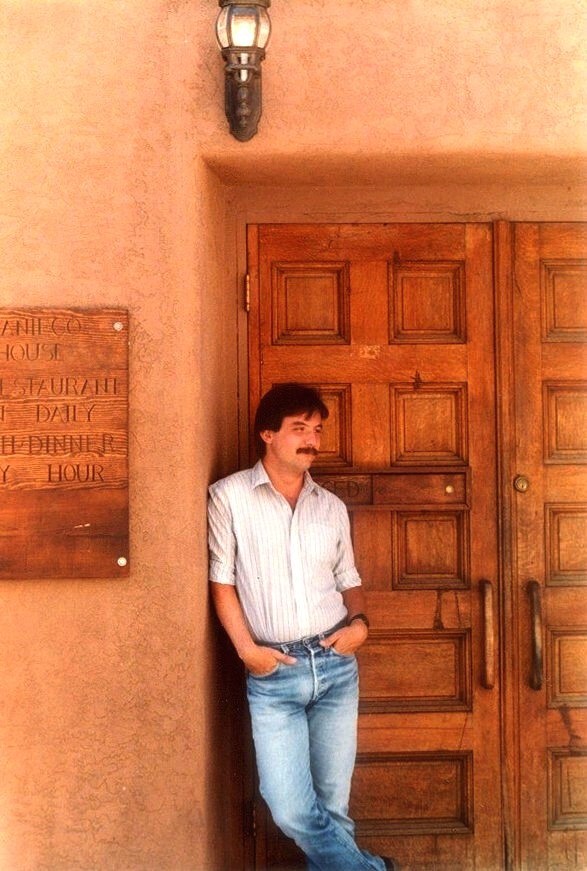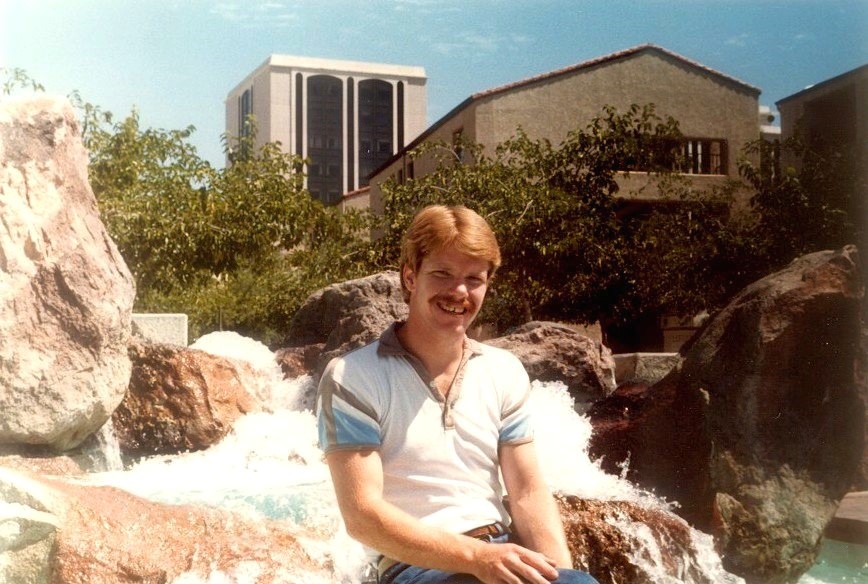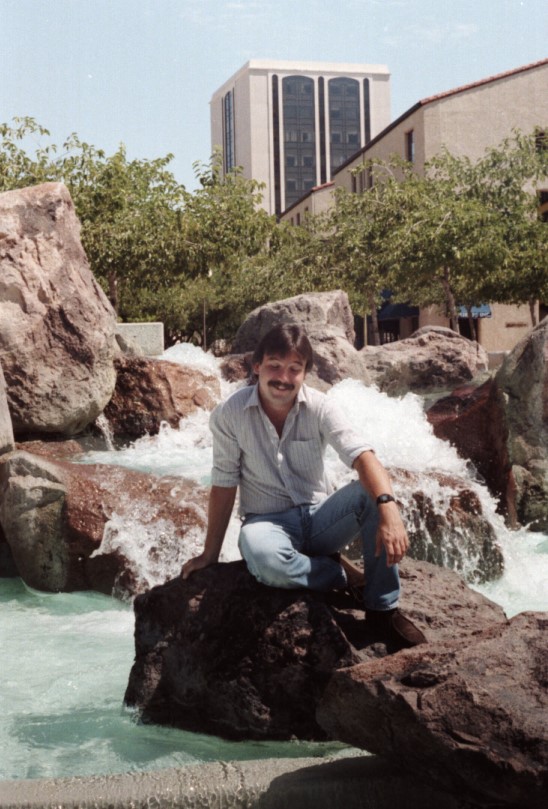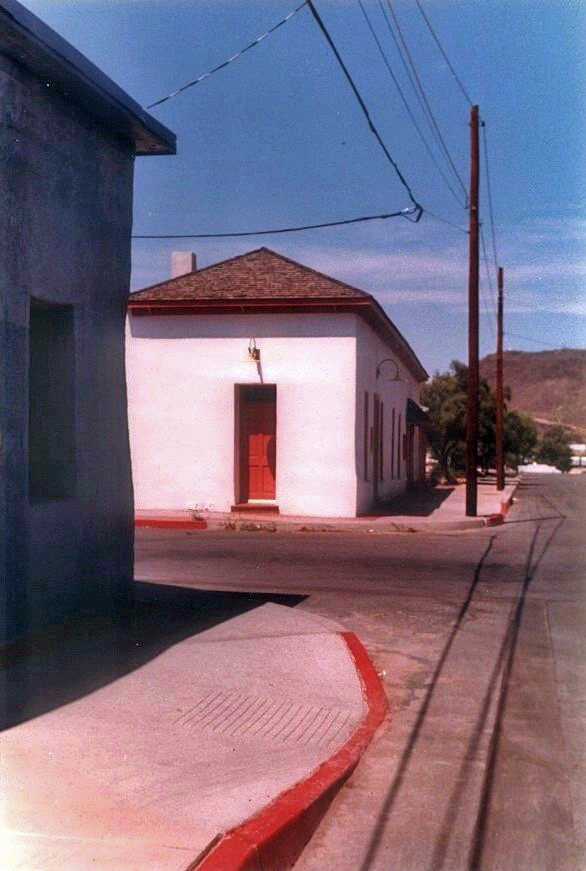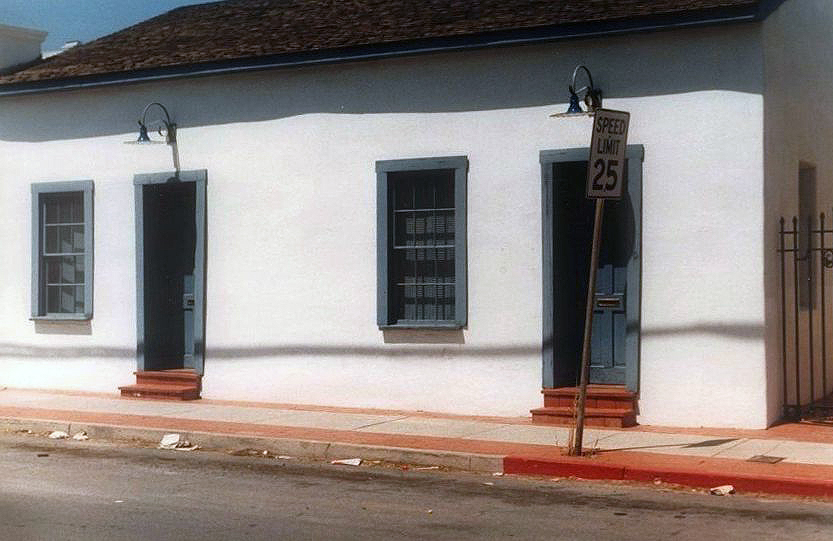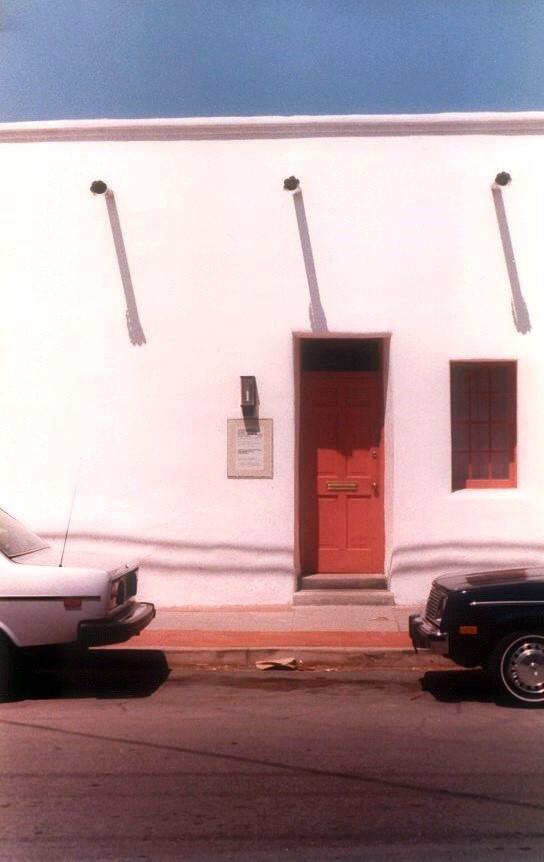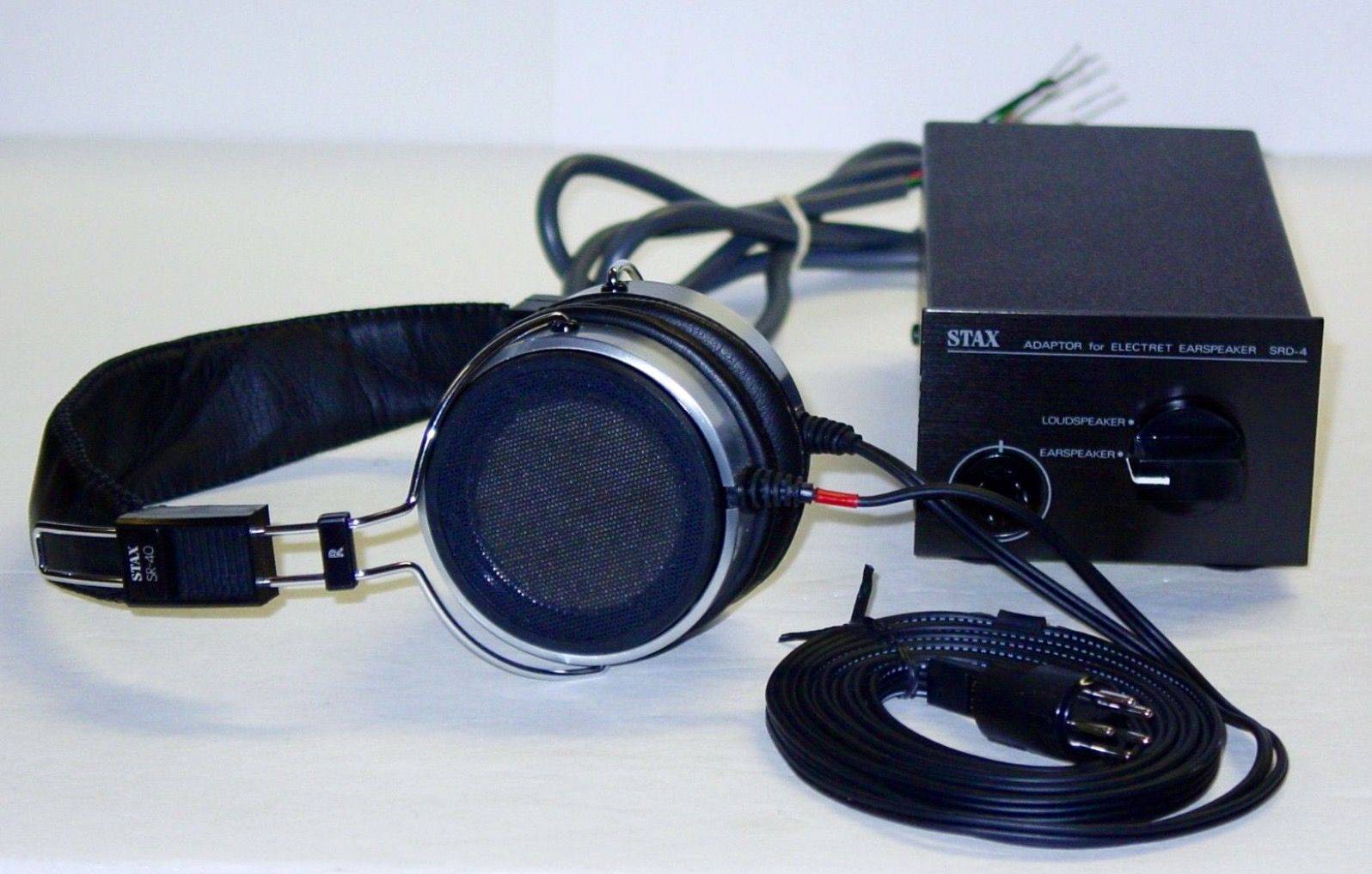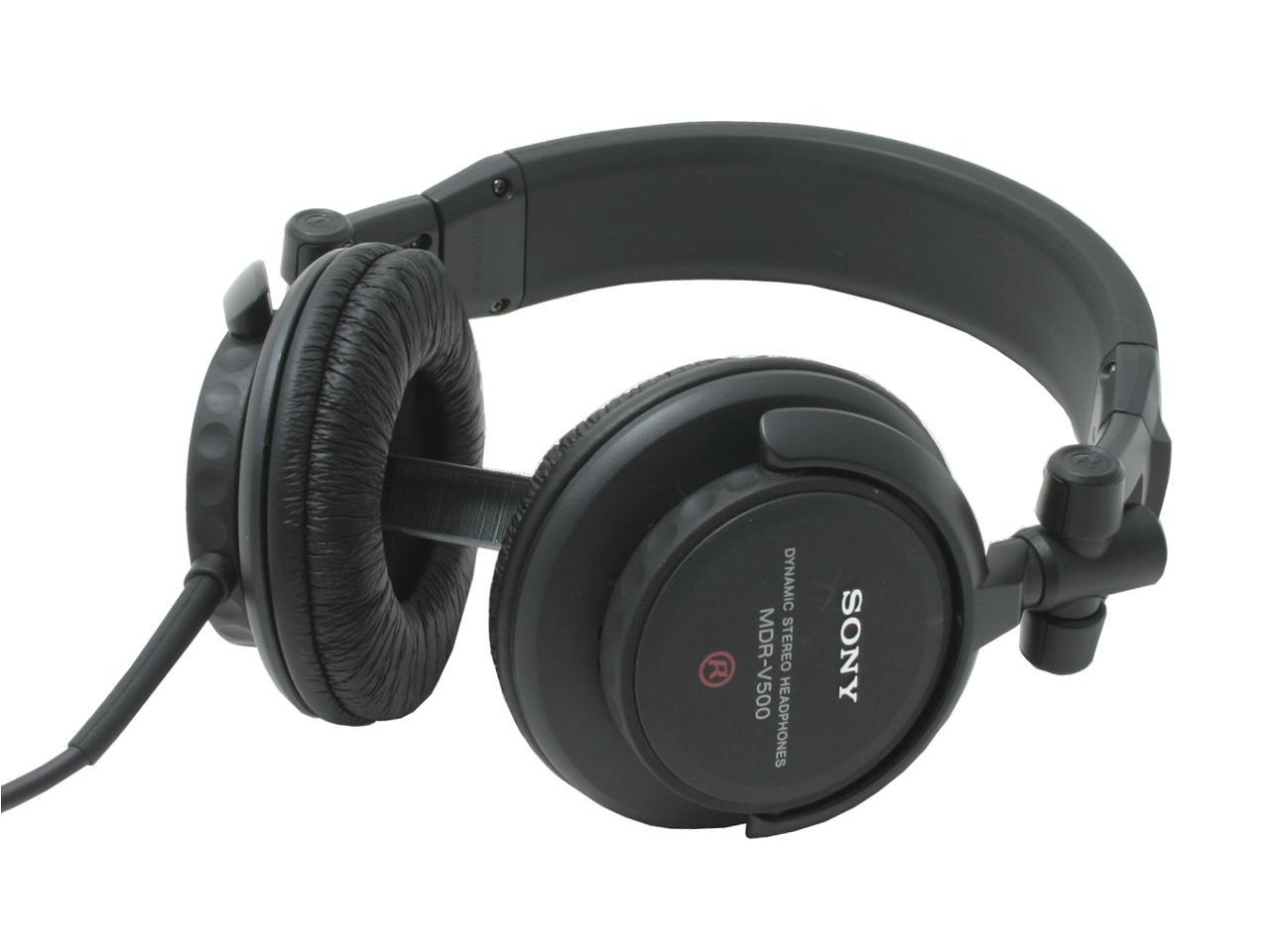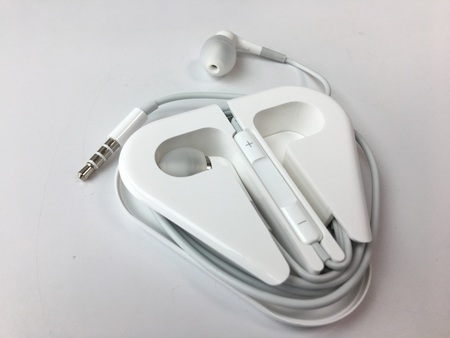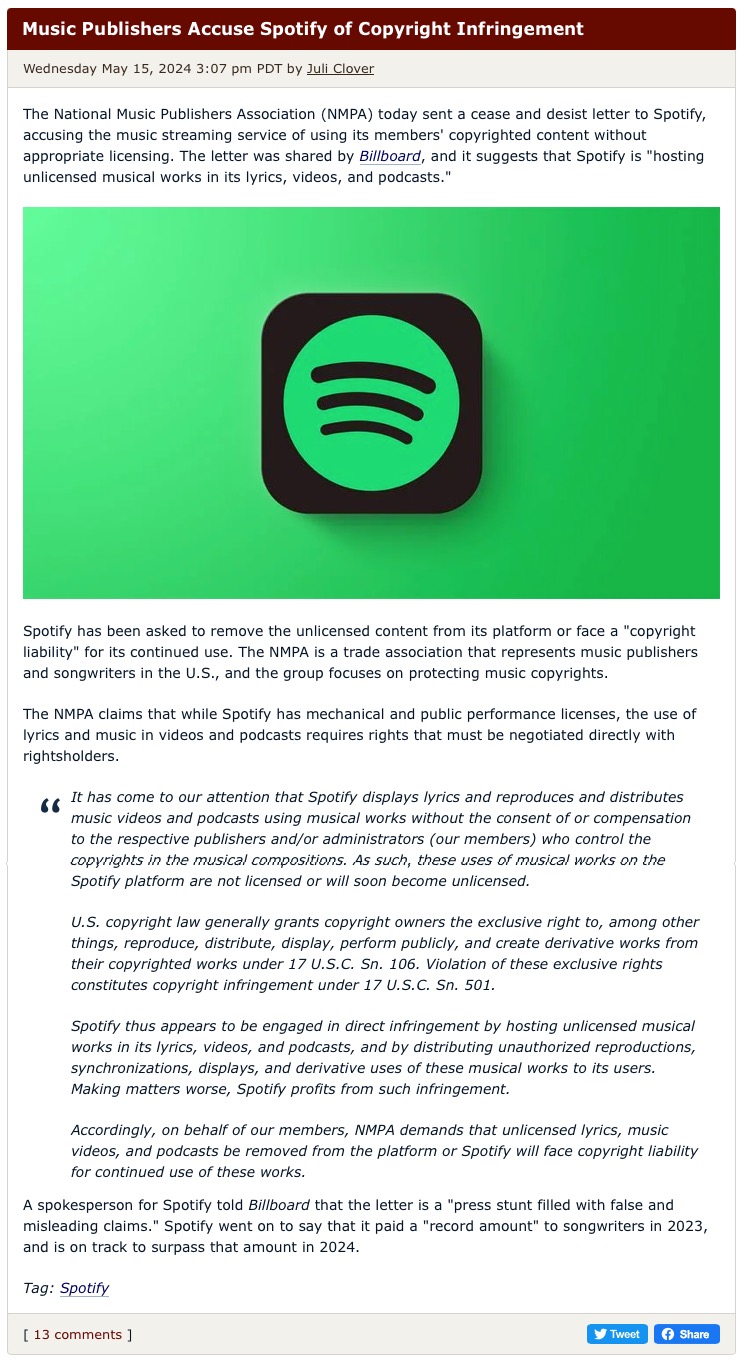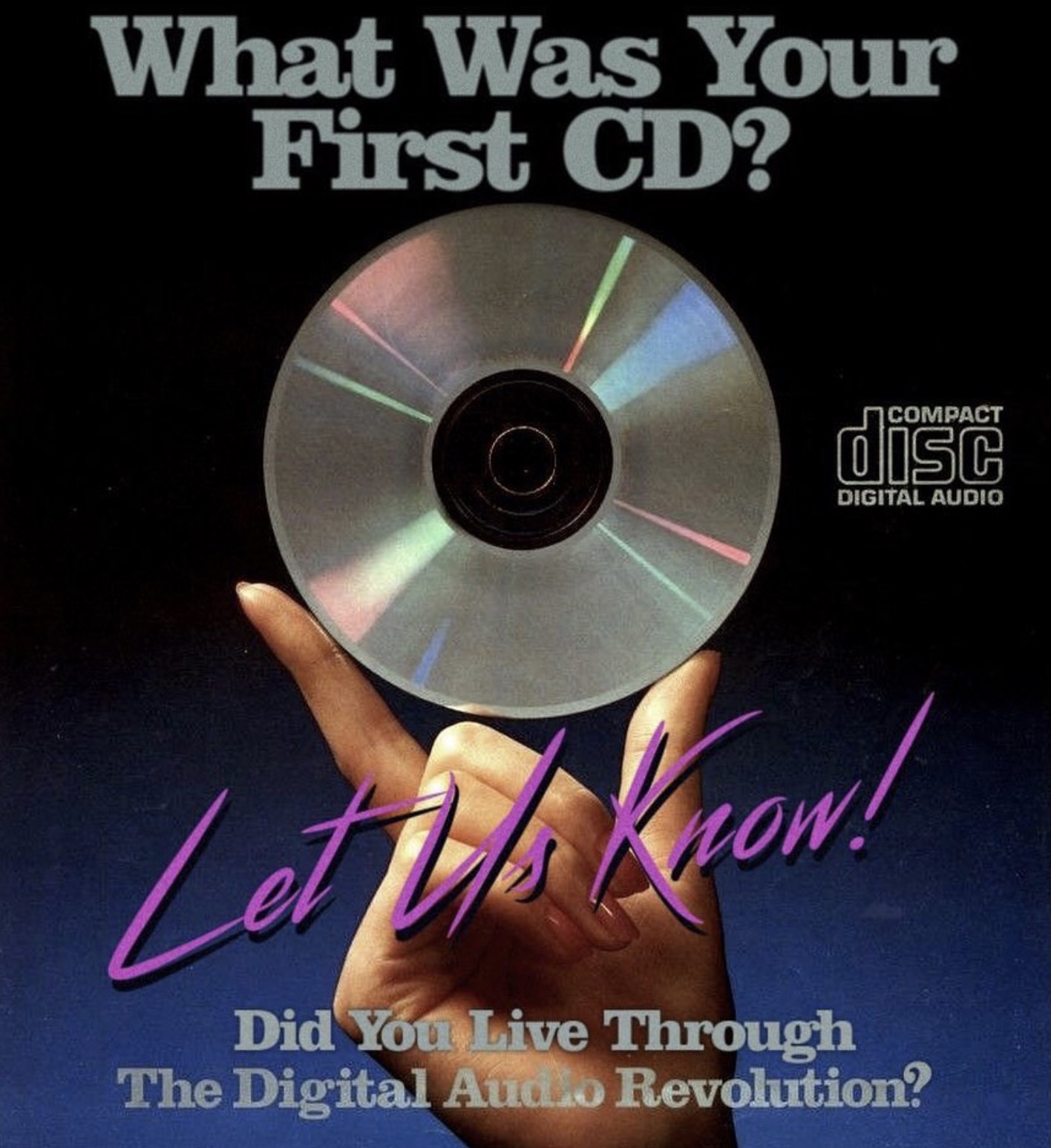
From the liner notes:
"On the Mount Olympus of Disco there are numerous gods. But there is only one Zeus, and his name is Boris Midney".
That's what I put in my co-authored book Saturday Night Forever: The Story of Disco and I still stand by every single word I wrote in the Hot Shots: The Producers section. For there isn't a week in the past 35 years since he stormed onto the Disco scene that haven't listened to a Boris Midney composed, arranged, produced, sound designed or engineered track. As uniquely directional and fresh sounding today as they were the first time they were heard, every eagerly anticipated Midney album left dancers and reviewers clutching for superlatives invoking such rare descriptions for the Disco era as "avant-garde," "extraordinary" and "art."
Midney minted a new marriage between music and technology that yielded successively breathtaking results. The stunningly beautiful melodies he composed, with his engagingly odd and unique lyrics delivered in eccentric but always sophisticated style, coupled with the sparse, ethereal space effects he created in between became instantly recognizable to his legion of admirers. His clean-cut, daring technique and orchestral integrity oozed from every silky groove as Midney was unafraid of experimenting on the surreal edges of dance culture. Because of these highly original aural sensations and cosmic vibrations Midney took Disco on a journey to the far-out side of the mirror ball and created a series of musical fantasy masterpieces in a body of work that is second to none in the entire genre. Disco Recharge is proud to present the first of five Boris Midney "Special Edition" collections with comments from the icon himself taken from an exclusive interview especially conducted for this banner series.
Midney was born in Russia, "In Moscow, a block away from the Kremlin. The Kremlin parks and squares were my 'playground,'" he says. "Both of my parents were professional musicians; my mother was an opera singer and my father was an orchestra conductor. So my obsession with rhythm started early". Midney played most of the instruments on all his Disco albums, including saxophone, clarinet, keyboards, drums and percussion, and he learnt his skills thanks to being classically trained at the Moscow Tchaikovsky Conservatory, the second oldest in the Soviet Union, home to Sergei Rachmaninoff, and the Gnessin Academy. "No jazz music or saxophone permitted, though ! managed," he laughs. Midney also studied photography at the Moscow House of Photography. "By invitation only, I was on the Working Professional Master Programme," he adds. This additional talent is the reason why Midney shot the cover art for most of his Disco album projects.
But growing up in the USSR during his teenage years proved a disheartening experience as he explains, "I had written the soundtrack for a Russian movie entitled Staircase, which won Best Score at the Monte Carlo Film Festival. No one told me, I learned about winning from the foreign press. I simply refused to accept the Soviet doctrine of 'sitting' put in the country – I just had to see the world. So I defected. I was part of a music ensemble on a cultural exchange tour in Japan. The night after completing the tour I took off for the American Embassy in Tokyo."
Building a whole new life in America proved relatively easy according to Midney. "Perhaps that was my naivety though. Being pretty young, it appeared fairly easy. Upon arrival at the airport from Tokyo, I was greeted by Helen Keane, at the time the manager of American jazz pianist Bill Evans. Apparently she had heard about me, and the jazz group I led in Russia, from an article in Downbeat magazine. Complete news to me of course. Helen turned out to be a 'no-nonsense' active woman who got me signed up with ABC/Impulse Records". The main result of that signing was the jazz group Russian Quartet.
"Fellow Russian Igor Beruk was on bass guitar, Roger Kellaway on piano, Grady Tate on drums and me on alto sax. We recorded at the Rudy Van Gelder Studios. I joined the Musician's Union and started playing the jazz club circuit. People were curious about my background and defection and would come to see and talk to me. I guess I was a bit of a novelty. Then it became widely known that I could read music and I started getting other industry jobs". (Russian Quartet's Kellaway would be Oscar nominated for Best Adaptation Score in 1976 for A Star is Born. Tate moved on to drumming in Quincy Jones' band and Rudy Van Gelder is regarded as one of the most important engineers in music history due to his work with Miles Davis, Thelonious Monk, Sonny Rollins and numerous other luminaries).
Those "other industry jobs" would eventually lead Midney to building his own studios in Philadelphia and New York, and becoming a leading figure of the Disco movement after making his sensational debut with the Come Into My Heart album by USA-European Connection. Beautiful Bend was the second of Midney's solo album projects to soar to Number 1 on the dance charts and remain in the Billboard Hot Dance Disco Top Ten for 14 straight weeks. An incredible achievement for the period, Make That Feeling Come Again! by Beautiful Bend was an astonishing recording all round. A captivating kaleidoscope of sounds so inventive and distinctive it proved overwhelming to many die-hard clubbers when sneak previewed by ace DJ Dave Mancuso at the premier Disco of the time, The Loft, two months prior to being officially released. CD 1 of this double-billed Boris Midney "Extended Edition" Collection contains the entire Make That Feeling Come Again! album as originally presented on the Marlin label, from T.K. Inc. Productions, in one long, two part track on each side. The Bonus Tracks are the 12" shorter versions of both album sides.
With vocals credited to Xo-Xo, all the Beautiful Bend songs were composed, arranged, produced, engineered and mixed by Midney at his ALPHA International Studio in Philadelphia.
Midney played keyboards and saxophone while long-time associate Bruce Weeden took on bass guitar duties with Philly staple Larry Washington on congas. With its burbling synthesizer, angelic siren calls, swirling violins, heavenly echoes and haunting beat, Midney's musical roots, Philly funk and European flavourings invest every moment with a freedom of the Disco spirit and total confidence in his innovative sound. The deliciously bouncy That's the Meaning mixed with the rolling momentum of Boogie Motion and the choral ecstasy of the title track segueing effortlessly into the discordant tunefulness of Ah-Do It is a master class of technique and musicality. The hypnotic result is an exemplary probe into luscious melody and dazzling harmony driven by sound effects that do exactly what the studio assembly's name hints at. Each song is beautifully bent out of shape and then back again into jubilant form by Midney's miraculous artistry. Vince Aletti said it best. Disco's first and greatest chronicler through the 1970s thanks to his Disco File column in Record World magazine, Aletti wrote on July 22, 1978, "Beautiful Bend is ample confirmation of an exciting talent and should prove to be one of Disco's most durable records". Nearly four decades on, how right he was.
After completing the Beautiful Bend album, Midney moved his base of recording operations to 226 East 54th Street in Manhattan. There he built America's first 48-track recording studio from scratch and named it Eras in honour of the new era of dance music it would be at the vanguard of ushering in. CD2 of this Boris Midney "Special Edition" collection contains the entire Caress album as released by RFC Records, a Warner Bros affiliate label, in 1979. Equally as startlingly individual as Beautiful Bend, Caress once more proved Midney was on the proto-trance front-line.
Uninterrupted spans of rhythmic sound accentuated by curving string sections, walls of tinkling sliding scales and densely layered orchestration, Caress is arguably the ultimate in Designer Disco. It begins with the breathlessly sung Catch the Rhythm, which then sinuously snakes into the jazz-infused Charmed By You. The unbelievably catchy You Got It Too Uptight is then teamed with the hyper-jittery brilliance of 'Love Spell'. Bonus Tracks included here are the 12" versions of Catch the Rhythm and an edited medley of You Got It Too Uptight and Love Spell.
With vocals by Midney regulars Chequita Jackson and Kevin Owens, and his patented crisp "Mi Sound" lifting this masterpiece to new heights of Disco amazement, shakes and shivers of delight will be the result of listening to Caress for the first of many times, guaranteed. For as the lyrics of Love Spell proclaim, "What you do, you do so well". And nobody in Disco Dreamland did it better than the one and only Boris Midney.
~Alan Jones
Co-author of the bestselling book Saturday Night Forever: The Story of Disco
Okay, admittedly kind of bombastic (it was written by a record reviewer after all) but I have to agree with most of what he said. Boris Midney is definitely in my Top 5 producers of the era, and the two albums in this set are my favorites of his work. I also have the previous set released by Disco Recharge consisting of Midney's Come Into My Heart and USA-European Connection, which I'll be posting shortly.
These discs aren't the easiest to come by. I stumbled upon them a few months ago while searching for something else on Discogs. But once I saw them, I knew they had to be added to my burgeoning CD collection. Naturally I have the originals (including the 12-inch versions) on vinyl, but nothing can beat the silent background of a CD—and the sound quality of these recordings is outstanding. I originally ordered this set from a seller in Poland, but as of this posting, it's been sitting in US customs for the last six weeks with no sign of movement. Neither I or the seller know what's going on, and there's really no way of finding out what's happening. So I searched and found another copy from the UK last week that arrived in a matter of days. Go figger. If the other one shows up I'll flip it or maybe just send it to one of my faithful readers if there's any interest (first come first served!)…

